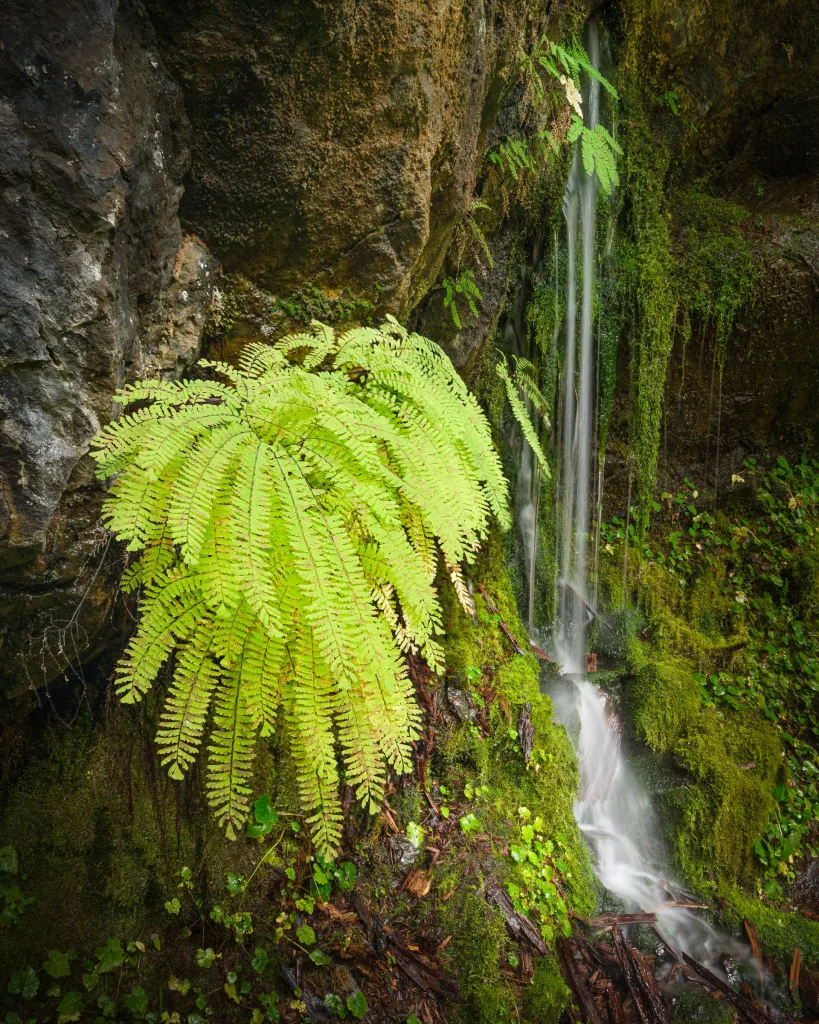Fascinating developments in the art world have caught my attention: As AI-generated images become increasingly sophisticated, we’re witnessing a surprising surge in the value and appreciation of traditional photography. This trend reveals important insights about how disruptive technologies can reshape adjacent markets in unexpected ways.

November 2024, Twin Falls State Park, Washington
The data tells an intriguing story: Following a decade-long market slump, major galleries like Pace and Gagosian are now prominently featuring photography exhibitions. What’s particularly noteworthy is the timing – this renaissance coincides with the explosive growth of AI image generation capabilities.
Key Industry Implications:
- Value Creation Through Scarcity: The ubiquity of AI-generated images is paradoxically enhancing the perceived value of physical photographs as rare, tangible artifacts. This mirrors how streaming made vinyl records more coveted, not less.
- Technical Authenticity: We’re seeing increased interest in traditional photographic processes like cyanotypes and large-format photography. This suggests that as AI capabilities advance, there’s growing market appreciation for demonstrable craft and technical expertise.
- Market Dynamics: Photography has historically thrived during economic downturns, offering more accessible price points for collectors. Combined with the AI effect, this positions photography uniquely in today’s cooling art market.
For people looking to decorate their home or workplace, this trend presents a unique opportunity. Traditional photography offers a way to invest in authentic, tangible art that carries both historical significance and growing cultural value. In an age of digital saturation, a carefully chosen photograph can bring a distinctive touch of authenticity to any space.
Have you considered incorporating traditional photography into your home or office design? How do you balance digital and traditional art in your space?
